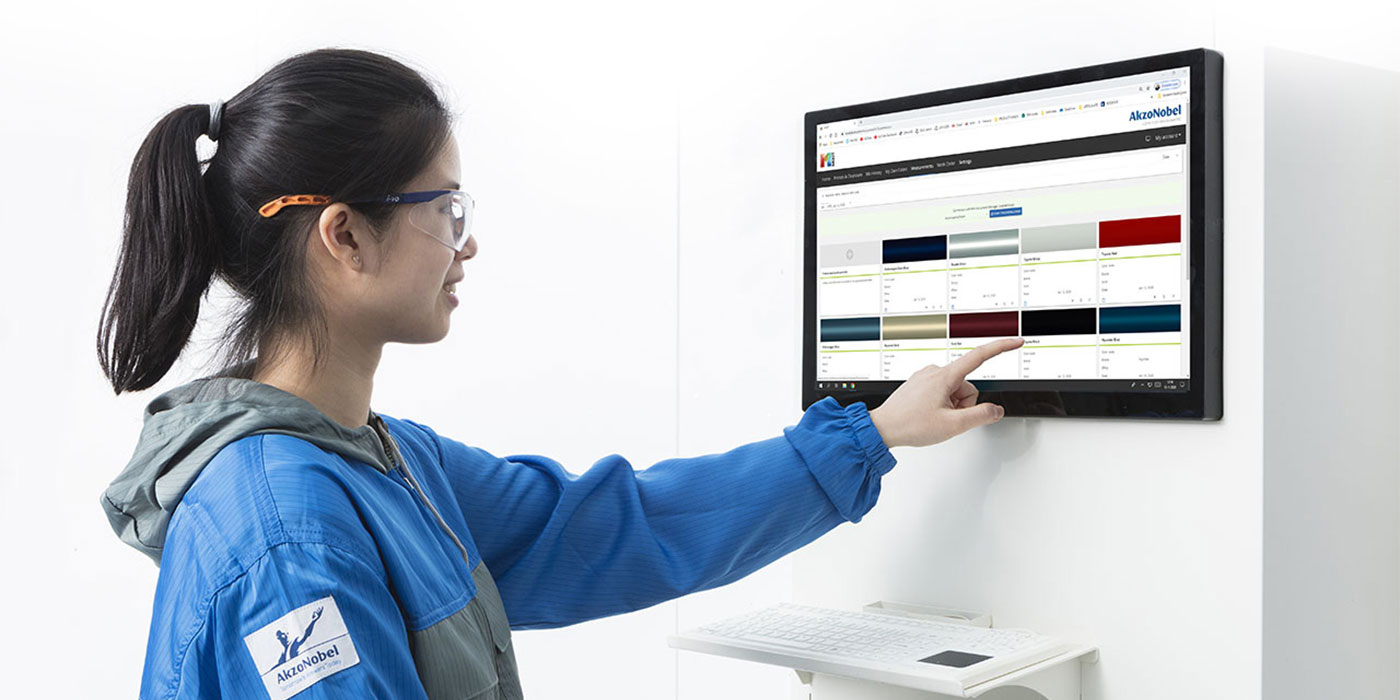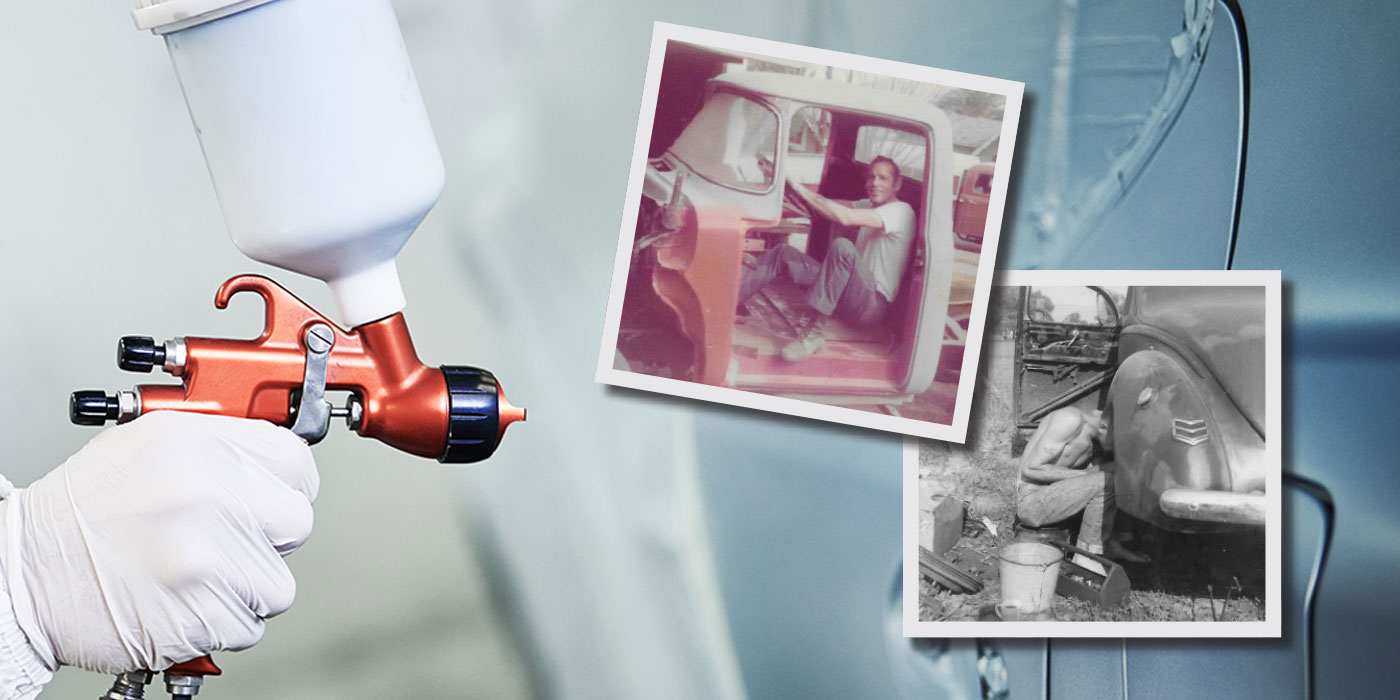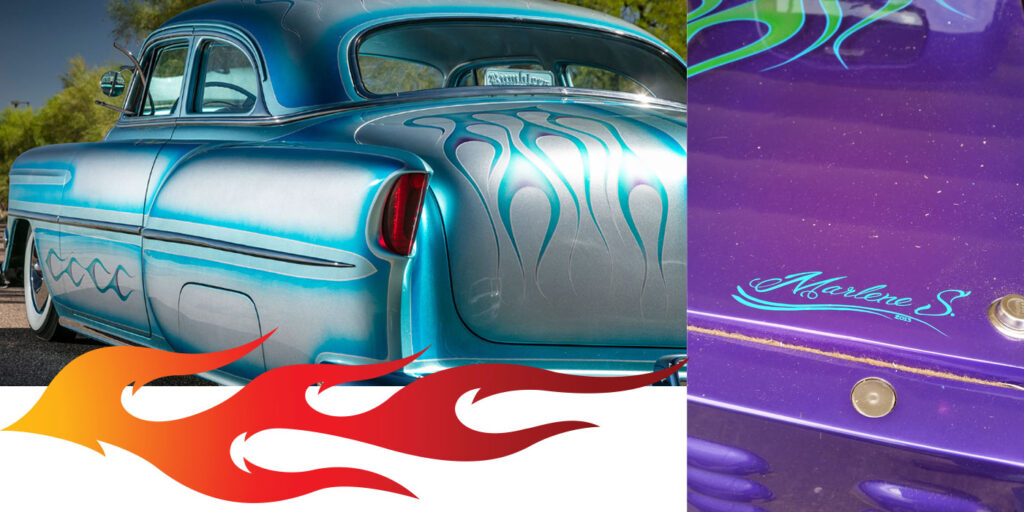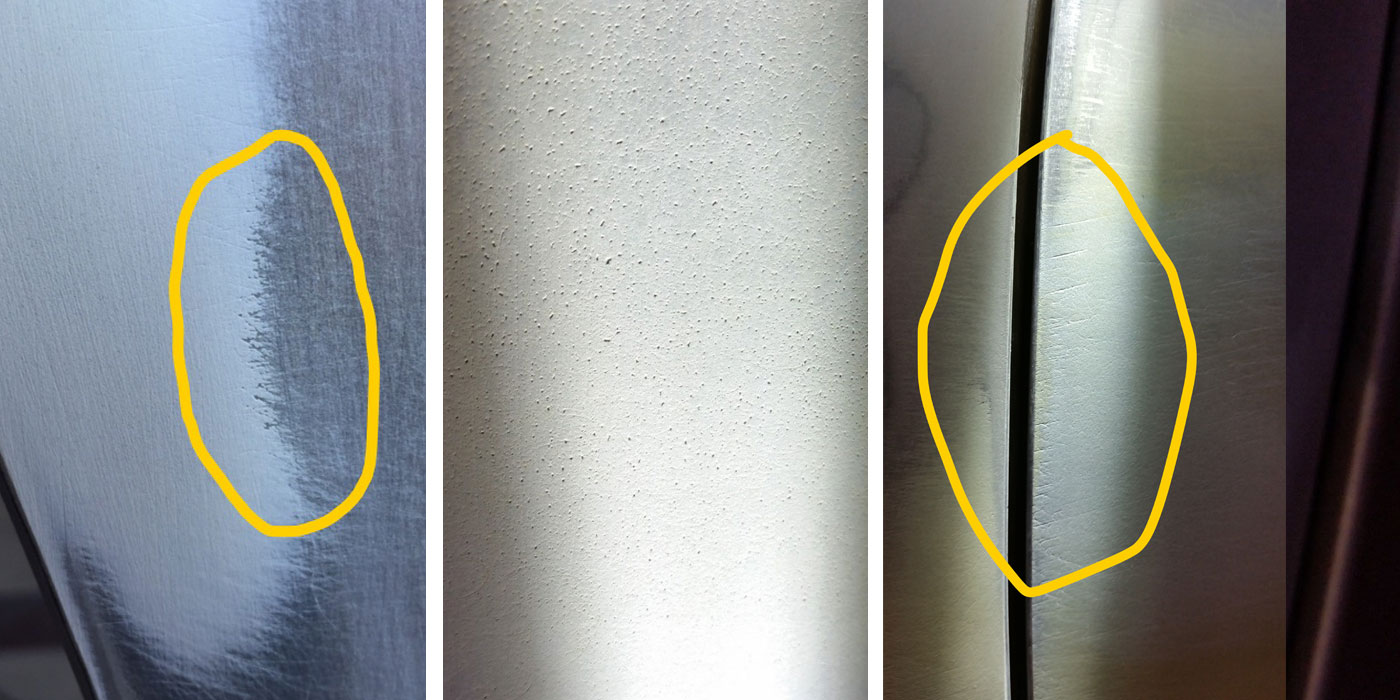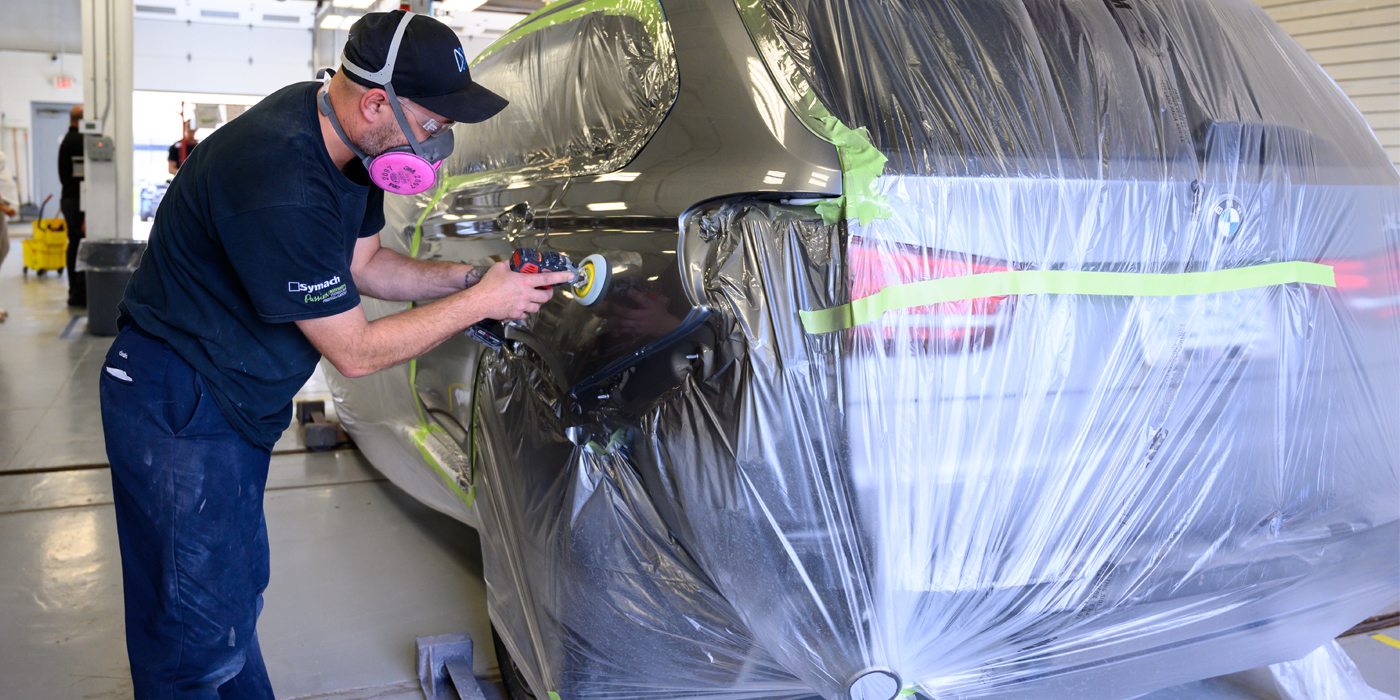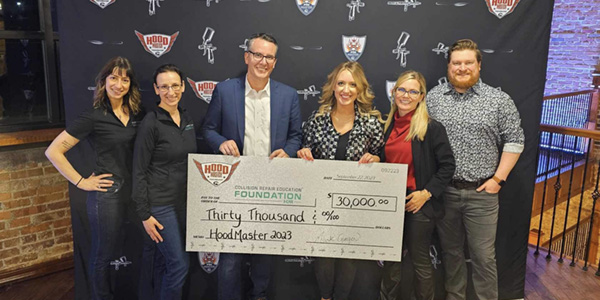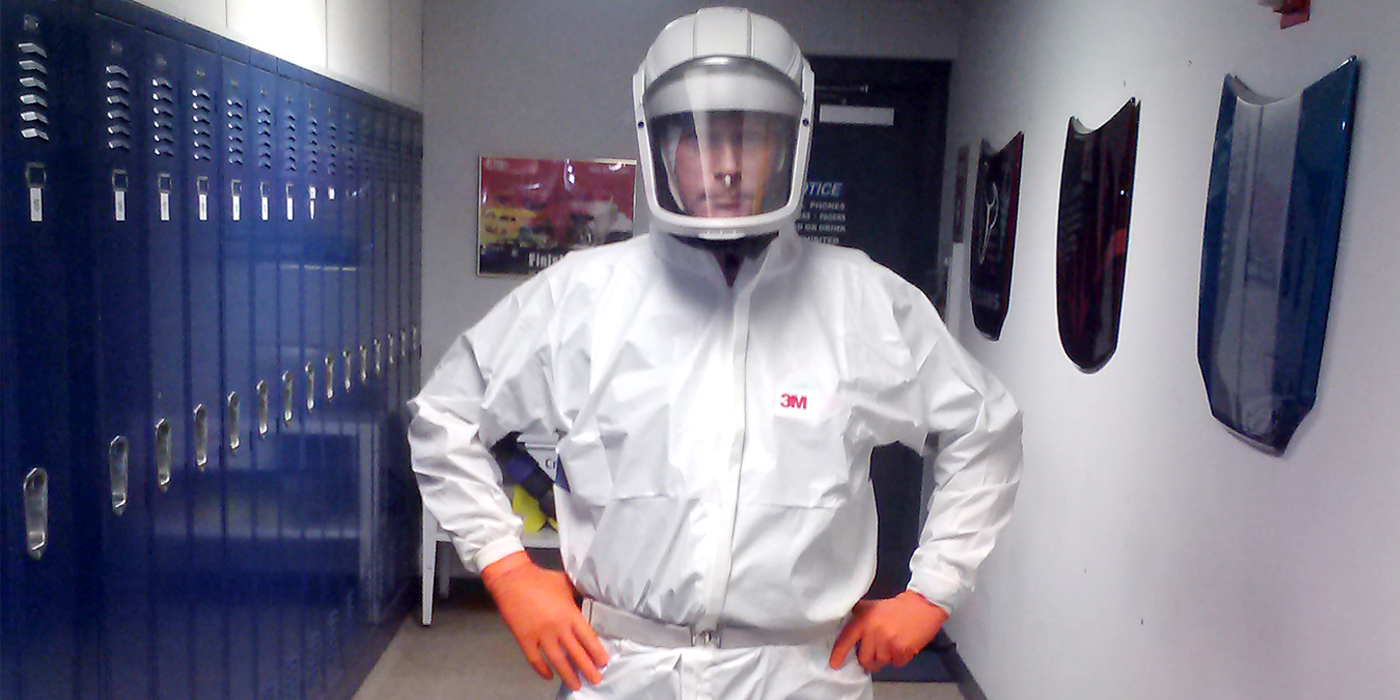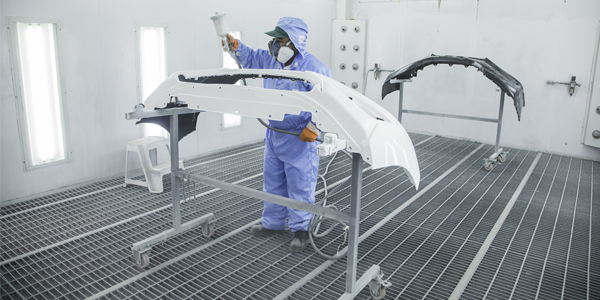It started with a phone call. A customer was having trouble with his clearcoat. It seems the clear just didn’t spray right in the afternoon, so he was convinced that something was wrong with it or the hardener.
I decided to gather some facts before I went down to see him.
I knew the shop had just doubled in size by putting on a large addition. I also knew the owner was planning to run a leg off his existing airline to feed the new building. In fact, I’d sent him a chart that showed the line size required according to compressor size and the distance the piping would run, but he told me that their plumber – who was doing the installation – knew the required pipe sizes and didn’t need my chart.
On the day I received the phone call from the shop, the painter had done two small jobs in the morning and had saved his larger jobs for the afternoon. Because not every job in the afternoon was a large job, the problem seemed to come and go. Although I told the owner it sounded like a problem with his air pressure, he was convinced the problem lie with the product.
So I prepared to head out for my shop visit, bringing just one item with me: a spray gun with a digital gauge.
Upon my arrival, I was greeted with unhappy faces from both the owner and the painter. If my hunch was right, the owner would be investing in a new compressor and the painter would be eating crow.
The painter proceeded to show me the gauge on his gun as proof that he had plenty of air pressure. Because it was an old needle-style that he’d obviously inherited from his grandfather, all it did was bounce around. The air pressure was plainly somewhere between the large scratch and the big crack on the face of the solvent-stained glass. Could be 1 pound, could be 30 pounds.
I loaded his spray gun with thinner. The gun sputtered just like when he sprayed clear. How could a low- viscosity product like thinner act just like clear? OK, so it wasn’t the clear. Must be the gun.
I poured the thinner into my spray gun and pulled the trigger. No surprise. It sputtered just like his gun. The digital gauge told the tale. As we all know, an HVLP gun converts a large volume of air to a low-pressure spray – 100 pounds in and 10 pounds out at the air cap. In order for this gun to work properly, it must have a continuous 29 pounds of air pressure at all times. I like to set the wall regulator to 120 pounds. This accounts for a 16-pound drop through a 50-foot hose and still delivers 100 pounds to the gun. I pulled the trigger wide open for one minute. The pressure dropped to under 19 pounds almost instantly, and the pressure continued to fluctuate between 15 and 19 pounds. And you can’t fool the digital gauge.
The painter had done two small jobs that morning. And it was only because the compressor had had time to recover that he’d enough air to do these small jobs. In the afternoon, however, the painter started his large jobs, and he ran out of air trying to get down the entire side of a car. Turns out, his clear didn’t take the afternoon off. His compressor did.
This owner ended up replacing his old compressor with a 10-hp screw compressor and told me that it was the best thing he’d ever done. (He took complete credit for solving the problem.)
I also added a second 5-hp compressor in the new building addition. This makes sense since you can connect the separate lines with a valve and if one compressor dies, you can open the valve and keep the shop running.
The errors made at this shop are common. In fact, I’ve run into this several times. First off, your plumber has no clue about line size. There’s no water traveling through these pipes. OK, maybe there’s a little water, but that’s a story for another day. The plumber comes off your [fill in the blank with your line size] line and runs it another 100 feet to feed the new addition. So now you’ve stolen half the air out of your 5-hp compressor that was underpowered to begin with.
Imagine trying to blow a golf ball through a 20-foot hose? Your lungs only have so much capacity and that’s the maximum pressure you can generate. Now blow that same golf ball through a 100-foot hose. The hose in your booth alone is probably 50-feet long.
Because I find this “lack of air” to be a problem in many shops, if I’m making a suggestion on spray equipment, my first question is, “How much air do we have?” In the past, I’ve made the mistake of providing a painter with a gun that requires more air than his compressor can supply. Not good. He hates the gun because it ruined the paint job. And then he hates me.
As long as the product and the equipment are working correctly, everyone’s happy. The owner doesn’t have to listen to the painter. The painter’s jobs come out correctly, so I don’t have to listen to him. And, most importantly, my wife’s happy because she doesn’t have to listen to me.
Writer Garrett Roberts has owned a paint supply store in New England since 1988 and has been involved in the industry almost his entire life. He began working in his father’s auto parts store when he was 13.

